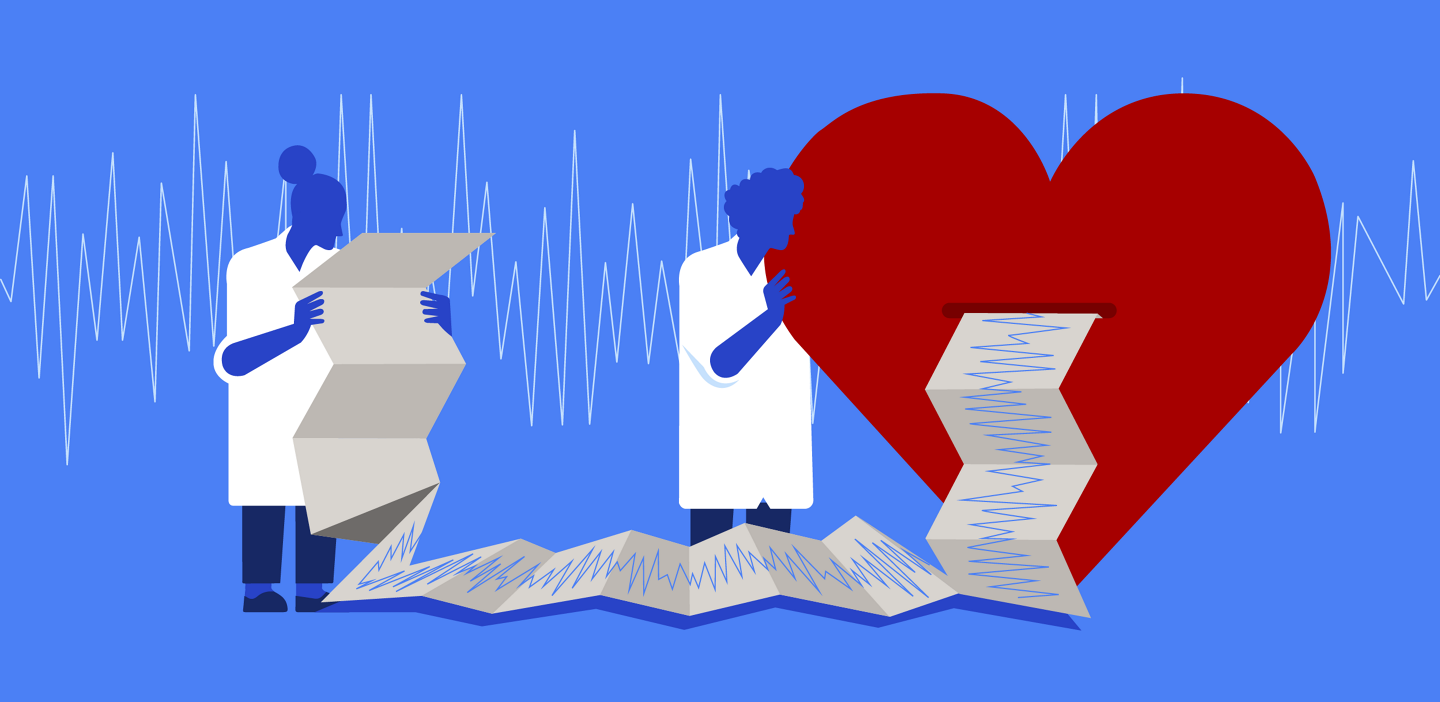- It is estimated that there will be 66 million atrial fibrillation patients3 and 427,000 atrial fibrillation related deaths by 20501
- Up to 35% of atrial fibrillation patients remain undiagnosed4 and 21% are untreated.5
What is atrial fibrillation?
Atrial fibrillation (AF), the irregular beating of the heart’s upper chambers, is the most common cardiac arrhythmia and can often be completely asymptomatic. AF can create complications such as blood clots, heart failure and even death. The biggest threat for patients with AF is a five-fold higher risk of stroke caused by the forming of blood clots in the heart and blocked blood vessels in the brain.6.7
There is a huge need to address under-diagnosis and under-treatment.
Silent AF is common
- 1.4% of adults >65 years may be living with undiagnosed AF8,9
- Silent AF most often presents only after serious complications of AF, such as stroke or heart failure9


